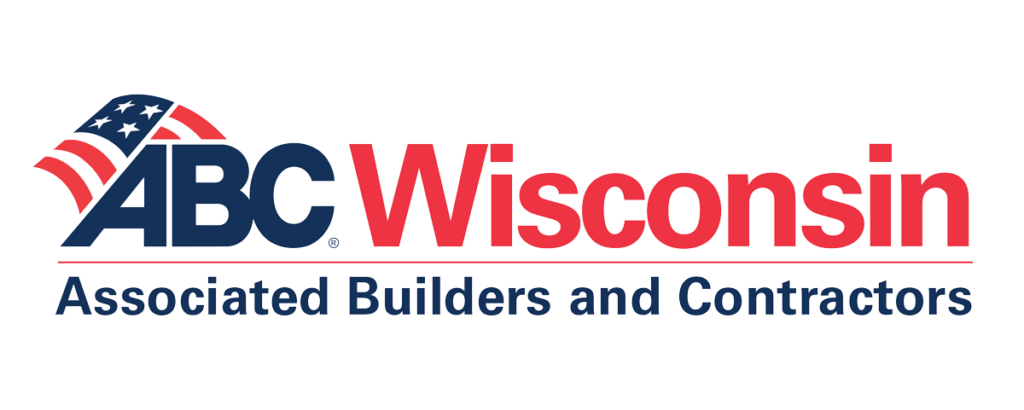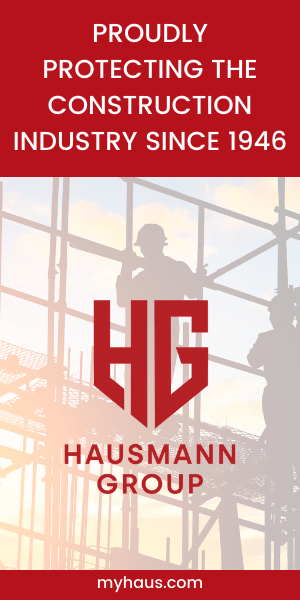Written by: Kyle Anderson, Safety Director, Kraemer Brothers
Construction has long been one of the most hazardous industries, with falls being one of the leading causes of fatalities. In 2023, nearly 25 percent of construction related fatalities were caused by falls to lower levels according to the Bureau of Labor Statistics (BLS). This emphasizes the importance of fall protection and shows that we as an industry still have work to do as it relates to protecting workers from falls.
Many construction tasks inherently expose workers to fall hazards if proper protective measures aren’t implemented. Without proper protective measures, a simple mistake could result in a serious injury or fatality. Ensuring protective measures are in place isn’t only about being compliant; it is also about creating a company culture where safety is a core value. When companies prioritize the wellbeing of their employees, it shows in many other aspects of their operations.
The Occupational Safety and Health Administration (OSHA) has minimum standards established for fall protection that employers must follow. In addition to meeting the minimum standards of having protective measures in place, it is also important that proper training programs are established to help workers better understand the risks of falls and how to prevent them from occurring. Providing training to employees helps to ensure that risks are identified, proper equipment is used and that fall protection systems are maintained.
Fall Protection Systems:
There are a wide variety of fall protection systems available, and the industry continues to evolve with new innovations each year. Despite the differences among products, they all share the same purpose: to prevent fall-related incidents on construction sites. Common fall protection systems include:
- Guardrail Systems: Provides a physical barrier preventing workers from reaching the fall exposure. This is one of the most common and effective ways of protecting all workers on a construction site
- Personal Fall Arrest Systems (PFAS): These systems consist of multiple components to include a body harness, anchorage point, and connecting device. When used in the proper configuration, PFAS can stop a fall in progress and prevent the worker from reaching a lower level.
- Warning Line Systems and Controlled Access Zones: These systems create a visual barrier to workers and are utilized in areas where traditional fall protection systems may not be feasible. Warning line systems and controlled access zones generally should be used as a last resort as it provides minimal protection to workers.
When these systems are utilized, it is imperative that they are properly installed, inspected regularly, and workers are trained on each specific system.
Final Thoughts
Fall protection is a fundamental part of construction safety. When companies invest in proper equipment, effective training, and a culture that values safety, we as an industry can prevent unnecessary injuries and fatalities. Going beyond the regulations, statistics, and fall protection systems, it is important to remember the human impact. Each worker is someone’s family member, friend or loved one and every fall prevented is a life saved. In an industry full of high-risk activities, fall protection isn’t just the smart thing to do, it is the right thing to do.
Sources: https://www.bls.gov/news.release/pdf/cfoi.pdf











